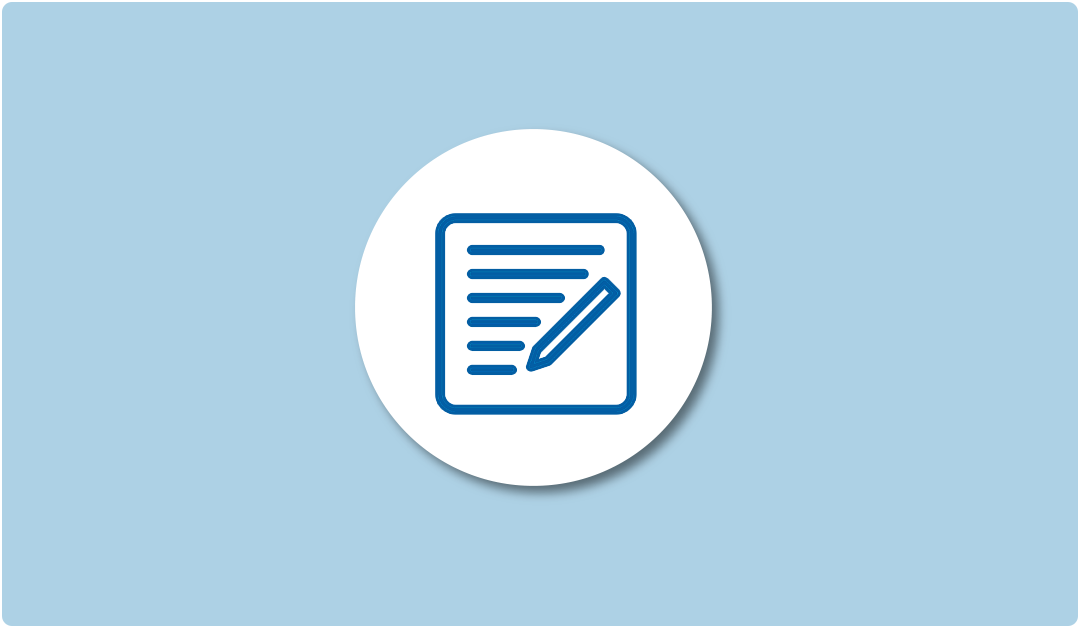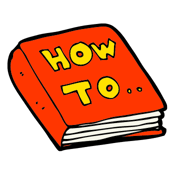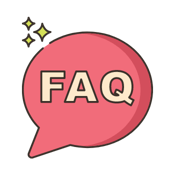12 Most Popular Blog Format Types
Here are some of the most popular blog post types and formats that will help you determine the suitable ones for your blog ideas.
Our HubSpot Products
OUR COMPANY

If you are feeling burned out and stumped for new blog formats, we are here to help you through it. In this post, I've jotted down some of the most popular blog post types and blog formats that will help you determine which one is the right for your next cool blog idea.
It is necessary to push your content marketing strategy to the maximum with excellent and well-executed blogs.

Blogs raise your site’s SERPs which drive traffic to your website, increase click-through rates, and maximize your opportunities for conversions. But when it comes to picking up the right blog format for your post then you can't make an omelette without breaking some eggs as there are several blog formats.
Below are the best blog formats to help you create the perfect posts for your business:

One of the most popular and common blog post formats for business bloggers. The How-To-Post can assist you with your SEO and SEO rankings. Individuals by and large utilize the web to gain some new useful knowledge, execute an arrangement like an expert, or sort out some way to fix what's wrecked.
The “How To” format is there to answer the question which is being asked that helps Google AI to recognize your site as credible and authoritative.
This blog format is an asset to any business. When it is done right then they can help build or bolster a good reputation as an industry leader. Additionally, you can add value to the lives of your readers, by giving them the tools they need to do something new or to do something better.
Intermittently, how-to posts can likewise be reinforced by supporting visual parts for ideas that lend themselves to visual clarifications, similar to an educational video or a visual guide.

The List post which is commonly referred to as "Listicle" is another very popular blog format. It is marked out by content organized in a list. It is a great format for beginner bloggers since they are very formulaic. Also, listicles are easily recognizable by their titles, since they generally include a number in the headline.
Unluckily, the list post has received a bit of a bad reputation and is often seen as low-quality pieces of content. The reason behind this is that it has become a format adopted by many low-quality blogs.
Albeit, list posts are among the super effective blog formats for a post type, but with the right author. It works very well to list tips, tactics, or ideas under a certain topic and can result in high-quality content and high-quantity traffic. certain

Another post that also received a bad reputation is the curated post. On the other hand, it can also be extremely helpful to readers, since the research component for them can be very time-consuming, but the result is that they can refer to a single post without wasting their time.
The aggregate content like statistics or industry examples, here curated posts are perfectly suited. They also help to develop trust with your readers by joining yourself with popular industry thought-leaders on various topics.
This type of post is excellent for building yourself as a go-to resource and establishing relationships with other bloggers and businesses that you reference in your post.

This fun-filled post is completely for entertainment purposes that can be very refreshing for your audience as long as you create the content moderately.
This blog format does not include any fixed structure, instead, the format is focused on the type of content that you're sharing. Might you have thought that what's the aim of this blog post. But, it is just to simply give your target audience something to giggle about now and then.
Vacations or the end of the week are great for these types of posts when your audience is looking for a slight break from the normal run-of-the-mill posts. But yes, always remember to keep your buyer persona in mind, ensuring that the content you’re sharing will resonate, intrigue, or entertain them.

The What post is the perfect blog format for introductory-style as it explains a specific concept, highlighting what it is and why it is relevant to your reader. Linking to or including a call-to-action for more in-depth, intermediate content about the topic at the end of the post is a great best practice for 'what' posts.
Whenever you perform the 'What' post, always keep in mind that you should have expertise in this subject, not your reader. By doing these three steps, you can simplify the subject for your reader:

This kind of post is extraordinary for themes, individuals, or patterns that are worth more inside and out, definite examination, and editorial.
This type of blog format tends to be hard to define in a blanket statement, and you will understand better when you see this blog post format.
Also read: CMS Hub Starter plan announced

Another blog format, 'Why' post is great when you are trying to draw attention and emphasize the importance of a certain topic, whether it be a current trend, new tool, or a general concept.
Same as the 'what' post, the 'why' post is essentially quite introductory, but it's necessary to back up your why argument with supporting examples, facts, and statistics that will give the reader complete information about the topic the reader is looking for.
Also read: Learn Why HubSpot CMS is Best for Business Websites

This is another one of the best blog formats ideal for beginner bloggers. The FAQ post is an inherent layout and is ideal for resolving common queries by your audience under a particular subject.
A good way to create these types of blog formats is to ask your sales and services departments, the people who are talking to prospective and current customers all the time, or to write down any common questions they hear.
You can easily get questions from the blog and social media commentary, also from attendee questions during webinars. For FAQ type blog format, questions are great fodder and can become helpful resources for your sales and services teams.

This interview post is similar to the FAQ blog format as it can be formatted as Q&As. This blog format has a certain good quality for introducing the view of a third party on a particular topic.
Interview posts are fantastic for creating relationships with the industry experts and the influencers you interview. If the interviewee shares the resulting post with their networks then these posts can open up the opportunity for greater reach.
Also read: Add SEO Tags on HubSpot CMS Pages

As the name implies, the slide share posts are built around a specific SlideShare presentation. Although it is more time-consuming and design-savvy than the average text-based post, in the end, the results are usually worth it.
According to this blog format, content should present itself well that includes the curation of visual examples, quotes, charts, quick takeaways, and general storytelling. As visual content is more attractive and shareable so this focused post is a great social media fodder.

Similar to the SlideShare post, the infographic post can lend lots of information about their products and services, especially data or statistics in a visually appealing manner.
If the infographic blog format is structured well then it is very sharable and can generate inbound links but for that, you do need some design chops to pull them off or the money to outsource their creation to a designer.
Also read: Quick Win Link Building Opportunities for Business Websites
Infographics are great for visually compiling data and statistics. They're also great for making information in a timeline format or presenting visual tips.

If you're unknown about the term, newsjacking relates to the practice of leveraging the popularity of a news story to support your sales and marketing goals.
It requires the accurate monitoring of news, and when done perfectly, a newsjack post will relevantly tie the news to your industry in a timely fashion.
Also read: How to Setup Email Sending Domain in HubSpot
No, of course not! As there are many blog formats like Case studies, Reports, Stats, Weekly or daily roundups, Personal stories, Breaking News, and more. Each one has several subcategories.
But you have to understand the main blog post type and also read earlier blogger's posts so that you can create relevant content for your audience.
You can reach out to our HubSpot experts to troubleshoot any particular issue you're facing or have a custom HubSpot development requirement. If you’re having short on resources to take care of the CMS Hub configuration and other day to day HubSpot tasks, check out our HubSpot CMS management service by FThemes.
Tell me your favorite blog formats in the comment section below.
TAGS
Content MarketingHere are some of the most popular blog post types and formats that will help you determine the suitable ones for your blog ideas.
If you're not able to send large files via email then here are 8 unbelievable & dependable ways that will help businesses email large files for free.
Overall success of a website somewhere depends on the webpage speed. This blog includes list of 16 best tools to help you with a website speed test.
Leave A Reply